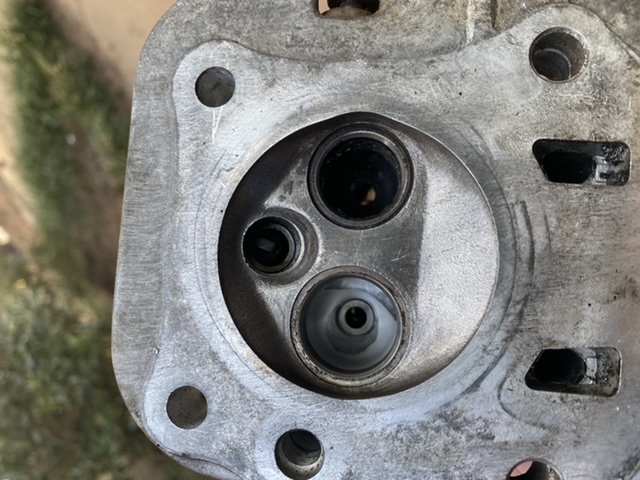Golivarez said:
Thanks MasterMech; I don't have an actual leakdown tester. So I will follow your advice on testing, but just to make sure I'm clear..... (if I remove the breather line and still see smoke, there is internal problems? Are there any available and reliable videos online that display a leakdown test?
I know it's not real helpful, but - it depends. :bd: I'd be looking for heavy oil vapor coming from that breather line. Heavy oil vapor flow = problems. There is normally some air flow in this line, but the job of the breather is to keep the oil in the crankcase and let any pressure in/out to a controlled outlet, which is the engine air intake in this case. When it gets overwhelmed, you get oil vapor entering the engine air intake, and in turn - smoke. If the oil deposits in the intake are very heavy, then the smoke may not clear up immediately.
Leakdown testing videos are out there, but mostly on automotive channels which is not terribly helpful for a small engine.
Here's one, but there's a bunch of extra steps and I can see this being intimidating for a novice -
Leakdown testers are available for about $30-$300. Perhaps your local auto parts store has one available as a loaner. Without a test rig, all you need to do a quick and dirty check is the spark plug hole adapter for a compression gauge.
Often, this hose has a quick disconnect fitting that plugs right into an air line. Don't worry about the numbers. The engine needs to be immobilized somewhere on the power stroke (valves closed). And all you're doing is listening to where the air is going. If everything else checks out and all you hear is air in the crankcase, then that leaves the rings by process of elimination.
At that point, I'd consider replacing the engine. You can buy a complete Honda GX120 for ≈$300 and swap the lighting coil over from your old engine. You can certainly fix it if you want but the time and tools required to ascertain the remaining life of the engine block and other components exceeds the cost of a new engine. You could disassemble and if you find a broken ring or other obvious problem, you could buy rings and a gasket kit and put it back together, taking a chance on the condition of the cylinder block.





